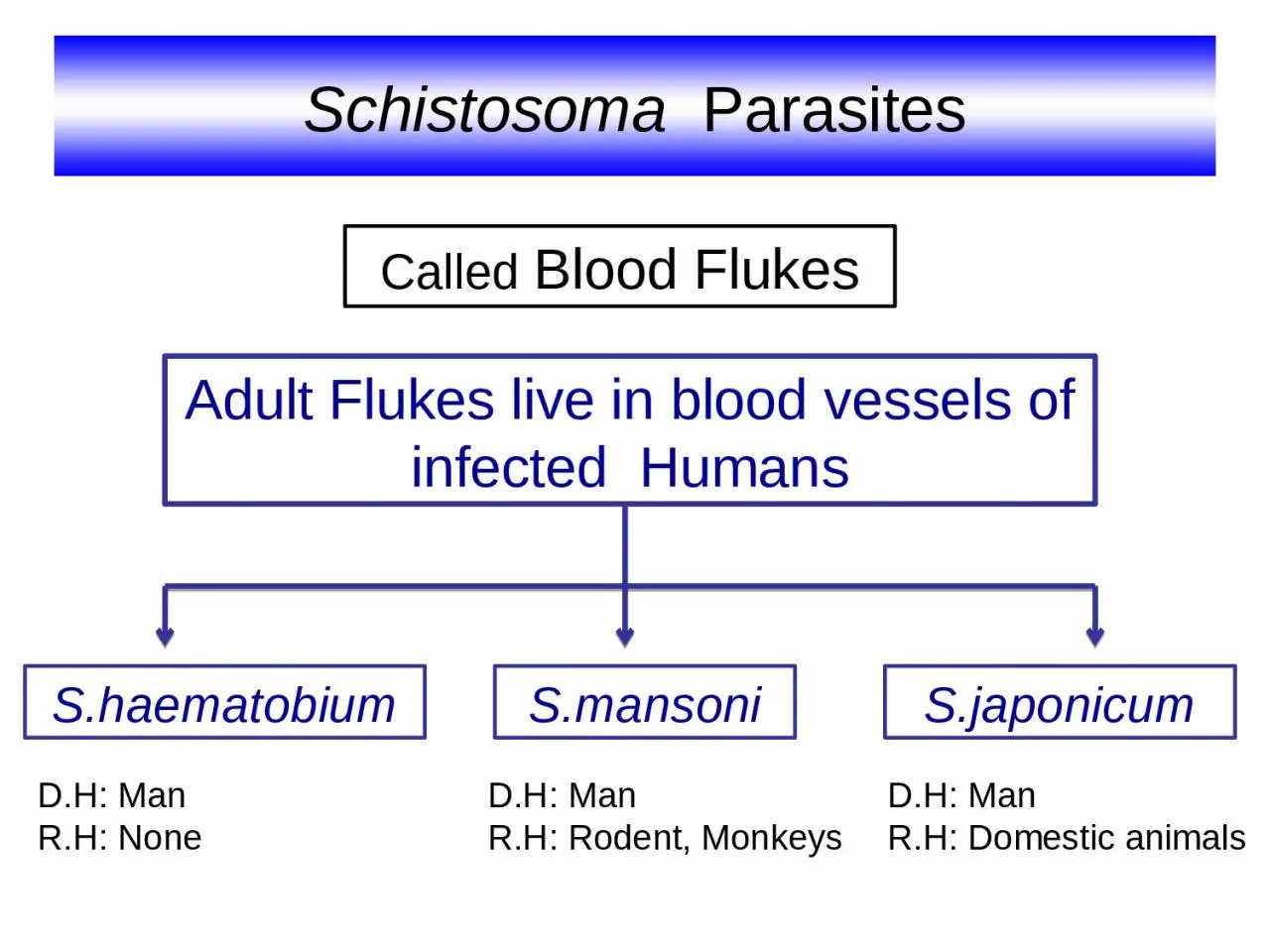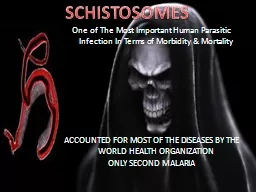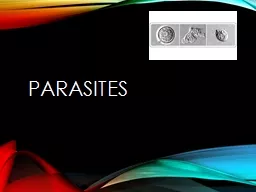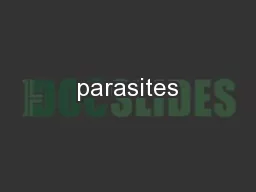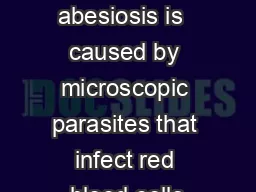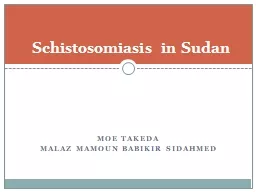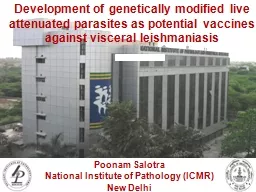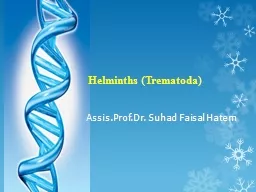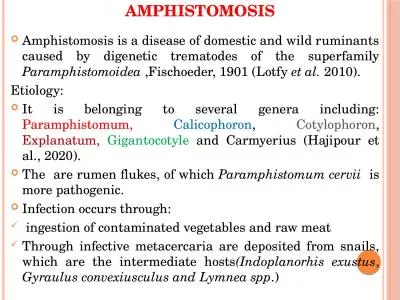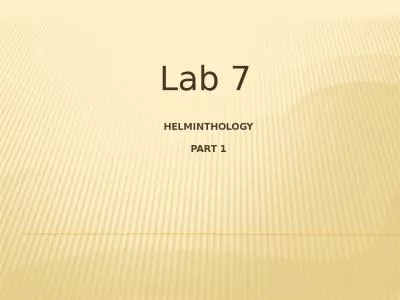PPT-Schistosoma Parasites Adult Flukes live in blood vessels of infected Humans
Author : genevieve | Published Date : 2023-08-30
Shaematobium Smansoni Sjaponicum Called Blood Flukes DH Man RH Rodent Monkeys DH Man RH Domestic animals DH Man RH None Definitive Host Man Habitat Superior
Presentation Embed Code
Download Presentation
Download Presentation The PPT/PDF document "Schistosoma Parasites Adult Flukes liv..." is the property of its rightful owner. Permission is granted to download and print the materials on this website for personal, non-commercial use only, and to display it on your personal computer provided you do not modify the materials and that you retain all copyright notices contained in the materials. By downloading content from our website, you accept the terms of this agreement.
Schistosoma Parasites Adult Flukes live in blood vessels of infected Humans: Transcript
Download Rules Of Document
"Schistosoma Parasites Adult Flukes live in blood vessels of infected Humans"The content belongs to its owner. You may download and print it for personal use, without modification, and keep all copyright notices. By downloading, you agree to these terms.
Related Documents

